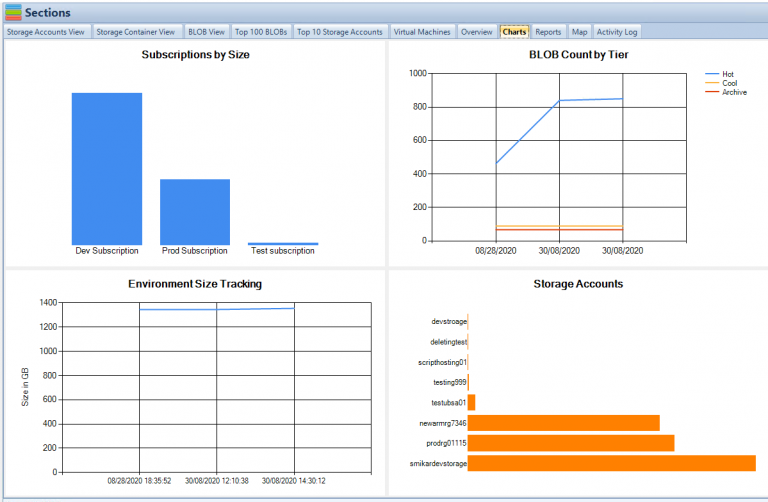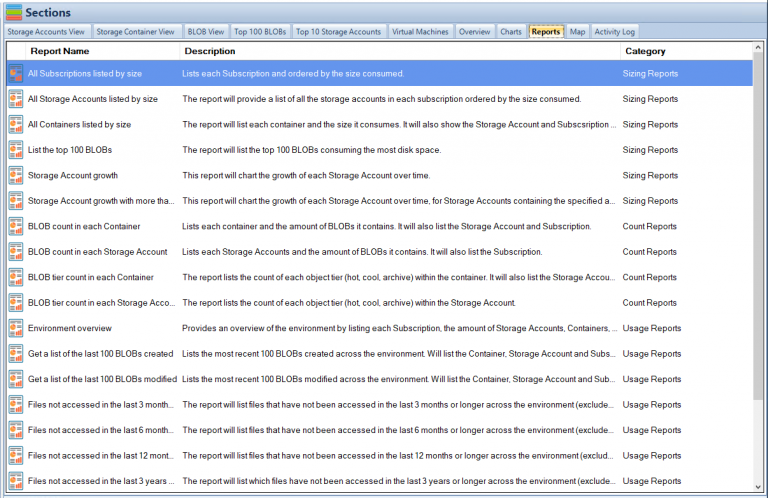Your Key to Fortifying Data Storage and Accessibility in 2023
In the ever-evolving landscape of cloud computing, data redundancy is no longer just an option but a must-have feature for any business looking to fortify its data storage and accessibility. One of the most recent additions to the world of data redundancy is Azure Files’ Geo-Redundancy feature, a 2023 release that’s set to take the world of cloud storage by storm.
What is Azure Files Geo-Redundancy?
To understand Azure Files Geo-Redundancy, let’s first delve into the basics. Azure Files is a managed file share service provided by Microsoft Azure, offering secure and highly available network file shares accessible via the Server Message Block (SMB) protocol. Geo-Redundancy, on the other hand, refers to the replication of data across different geographical regions for the purpose of data protection and disaster recovery.
Azure Files Geo-Redundancy allows for multiple copies of your storage account data to be maintained, ensuring high durability and availability. If your primary region becomes unavailable for any reason, an account failover can be initiated to the secondary region, allowing for seamless business continuity.
GRS and GZRS: Enhancing Your Data Redundancy
Azure Files Geo-Redundancy offers two types of storage options, each with its unique advantages. Geo-Redundant Storage (GRS) makes three synchronous copies of your data within a single physical location in the primary region, and then makes an asynchronous copy to a single physical location in the secondary region. On the other hand, Geo-Zone-Redundant Storage (GZRS) copies your data synchronously across three Azure availability zones in the primary region before making an asynchronous copy to a physical location in the secondary region.
One important distinction to note is that Azure Files does not support read-access geo-redundant storage (RA-GRS) or read-access geo-zone-redundant storage (RA-GZRS). Consequently, the file shares won’t be accessible in the secondary region unless a failover occurs.
Boosting Performance and Capacity with Large File Shares
Another standout feature of Azure Files Geo-Redundancy is its ability to support large file shares. When enabled in conjunction with GRS and GZRS, the capacity per share can increase up to 100 TiB – a whopping 20 times increase from the previous limit of 5 TiB. Additionally, maximum IOPS per share can reach up to 20,000 IOPS, and the maximum throughput per share can reach up to 300 MiB/s. These enhancements significantly improve the performance of your file shares, making them more suitable for data-intensive applications and workloads
Where is Azure Files Geo-Redundancy Available?
As of 2023, Azure Files Geo-Redundancy for large file shares is available in a wide range of regions, including multiple locations in Australia, China, France, Germany, Japan, Korea, South Africa, Sweden, the United Arab Emirates, the United Kingdom, and the United States. This extensive coverage provides businesses with the flexibility to choose the most appropriate locations for their data storage based on their specific needs and compliance requirements
Getting Started with Azure Files Geo-Redundancy
Ready to fortify your data storage with Azure Files Geo-Redundancy? The registration process is simple and can be done via the Azure portal or PowerShell. Once you’re registered, you can easily enable geo-redundancy and large file shares for new and existing standard SMB file shares
The Snapshot and Sync Mechanism
To ensure consistency of file shares when a failover occurs, Azure creates a system snapshot in the primary region every 15 minutes, which is then replicated to the secondary region. The Last Sync Time (LST) property on the storage account indicates the last time data from the primary region was successfully written to the secondary region. However, due to potential geo-lag or other issues, the latest system snapshot in the secondary region might be older than 15 minutes. It’s also important to note that the Last Sync Time isn’t updated if no changes have been made on the storage account, and its calculation can time out if the number of file shares exceeds 100 per storage account
Considerations for Failover
When planning for a failover, there are a few key considerations to keep in mind. Firstly, a failover will be blocked if a system snapshot doesn’t exist in the secondary region. Secondly, file handles and leases aren’t retained on failover, requiring clients to unmount and remount the file shares. Lastly, the file share quota might change after failover as it’s based on the quota that was configured when the system snapshot was taken in the primary region
Practical Use Cases
Azure Files Geo-Redundancy offers myriad benefits that apply to various business scenarios. For organizations dealing with large datasets, the enhanced capacity and performance limits with large file shares can significantly improve their data management capabilities. Companies operating in multiple geographical locations can also benefit from the wide regional availability of the service, allowing them to maintain data proximity and potentially meet certain compliance and regulatory requirements.
Azure Files Geo-Redundancy is a promising new addition to the world of cloud storage, providing businesses with an effective tool to enhance their data redundancy and resilience. With its robust features and capabilities, it’s set to pave the way for more secure, reliable, and efficient data storage in the cloud.
So, whether you’re a small business looking to safeguard your data or a large enterprise aiming to optimize your data infrastructure, Azure Files Geo-Redundancy is a feature worth exploring. Its potential to enhance data storage, accessibility, and redundancy makes it a game-changing solution in the ever-evolving landscape of cloud computing.
Conclusion
Azure Files’ new geo-redundancy feature further enhances the utility of Cloud Storage Manager, a tool that can help users manage their Azure file shares efficiently and cost-effectively. As a fully managed cloud-native file sharing service, Azure Files is designed to be always on and accessible via the standard Server Message Block (SMB) protocol. However, native file share management is an area where it lacks. This is where Cloud Storage Manager shines, providing the necessary tools and interfaces to manage your Azure Files storage with ease. Thus, with the addition of geo-redundancy to Azure Files, Cloud Storage Manager becomes an even more invaluable tool in managing the increased complexity and unlocking the potential cost savings that come with larger, geo-redundant file shares.
In the digital era, data is a business’s most valuable asset. The ability to protect and access that data, especially during unexpected events, is critical. This is where Azure Files Geo-Redundancy shines, offering businesses a robust and flexible solution to secure their data and ensure its availability across different geographical regions. As we move forward, we can only expect Azure Files Geo-Redundancy to become an even more integral part of businesses’ data management strategies, setting the standard for high availability, durability, and security in cloud storage.



